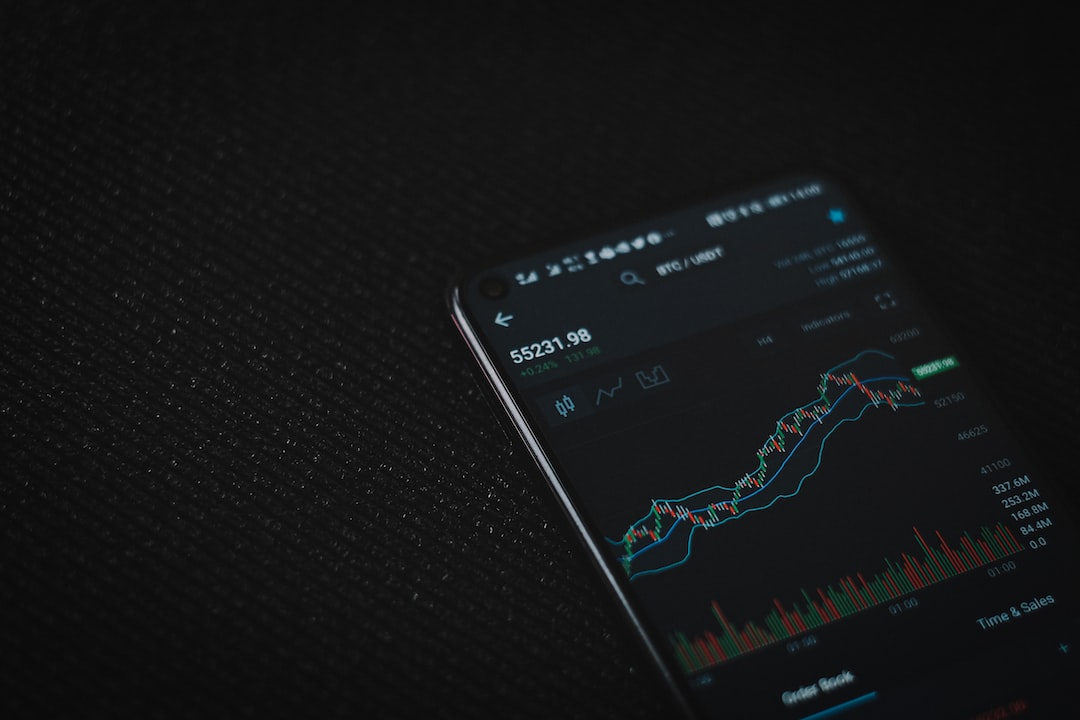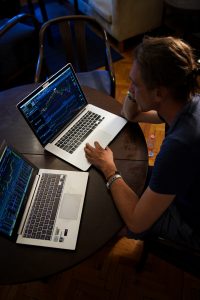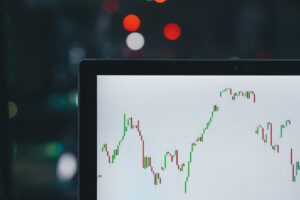Margin Forex Trading vs. Traditional Trading: Which is Better?
When it comes to investing in the financial markets, there are two main approaches: margin Forex trading and traditional trading. Both methods offer opportunities for profit, but they differ in terms of leverage, risk management, and overall strategy. In this article, we will explore the differences between margin Forex trading and traditional trading, and help you decide which approach is better suited to your investment goals and risk tolerance.
Margin Forex trading, also known as leveraged trading, allows traders to control a larger position in the market with a relatively small amount of upfront capital. This is made possible by borrowing funds from a broker, who provides leverage to amplify the potential returns. For example, with a leverage ratio of 1:100, a trader can control a $100,000 position in the market with just $1,000 of their own capital.
Traditional trading, on the other hand, involves buying and selling assets using only the funds available in the trader’s account. There is no borrowing or leverage involved, and traders can only trade with the amount of capital they have deposited. This method is often considered less risky but also offers lower potential returns compared to margin Forex trading.
One of the key advantages of margin Forex trading is the ability to generate significant profits with a small initial investment. By using leverage, traders can amplify their gains if the market moves in their favor. However, it is important to note that leverage can also magnify losses, and traders need to be cautious and have a robust risk management strategy in place.
Traditional trading, on the other hand, is generally considered less risky because it does not involve borrowing funds. Traders can only lose the amount they have invested, which provides a certain level of protection. However, the potential for profit is also limited, as traders can only trade with the capital they have available.
Another major difference between margin Forex trading and traditional trading is the level of control and flexibility. In margin Forex trading, traders have the ability to enter and exit positions at any time, as the Forex market operates 24 hours a day, five days a week. This allows traders to take advantage of short-term market movements and react quickly to changing market conditions.
In traditional trading, however, traders may face limitations on when they can enter or exit positions, as the markets may only be open during certain hours. This can restrict the ability to react quickly to market events and may require more long-term planning and patience.
Furthermore, margin Forex trading offers a wider range of trading opportunities compared to traditional trading. The Forex market is the largest and most liquid financial market in the world, with a daily trading volume of over $6 trillion. This means that traders can access a wide range of currency pairs and take advantage of global economic trends.
Traditional trading, on the other hand, is often limited to specific asset classes such as stocks, bonds, or commodities. While these markets can also offer profitable opportunities, they may not provide the same level of liquidity and diversification as the Forex market.
In conclusion, both margin Forex trading and traditional trading have their own advantages and disadvantages. Margin Forex trading offers the potential for higher profits with a smaller initial investment, as well as greater flexibility and a wider range of trading opportunities. However, it also carries higher risks and requires a robust risk management strategy.
Traditional trading, on the other hand, is generally considered less risky but offers lower potential returns and may have limitations in terms of trading opportunities and flexibility.
Ultimately, the choice between margin Forex trading and traditional trading depends on your investment goals, risk tolerance, and trading style. It is important to carefully assess your own financial situation and objectives before deciding which approach is better suited to your needs.






